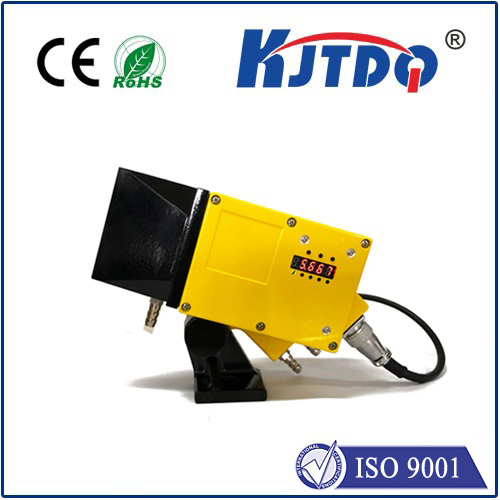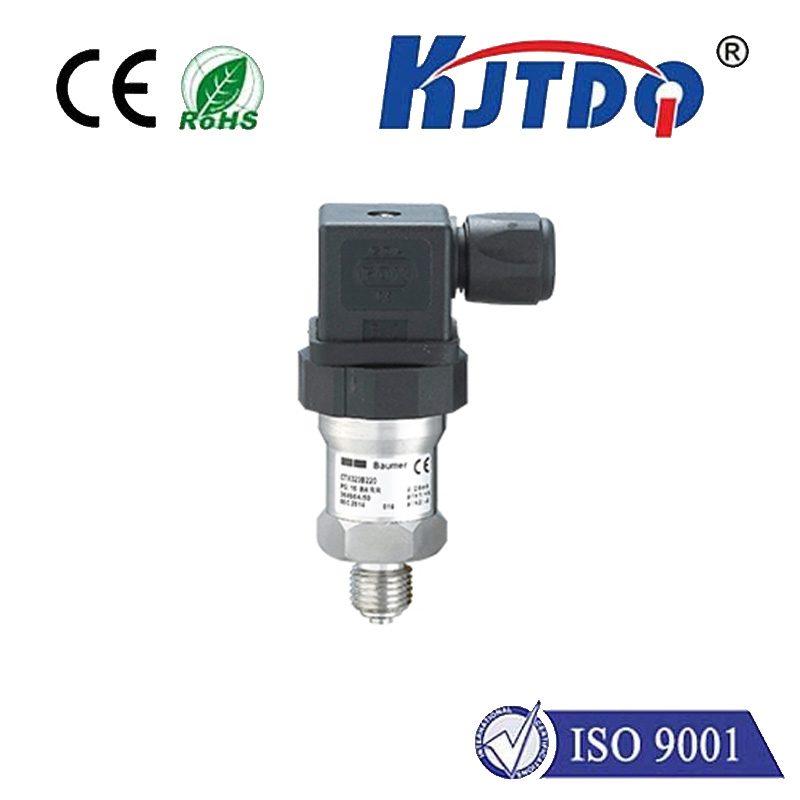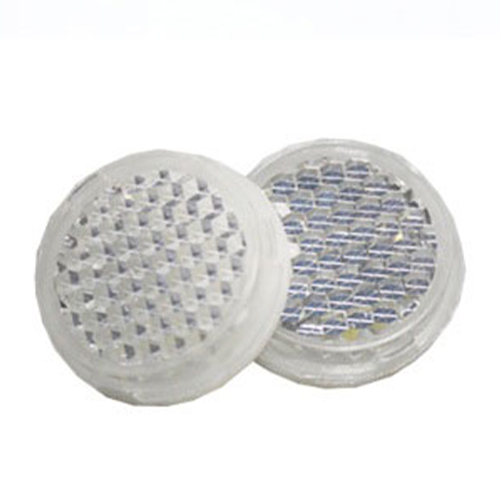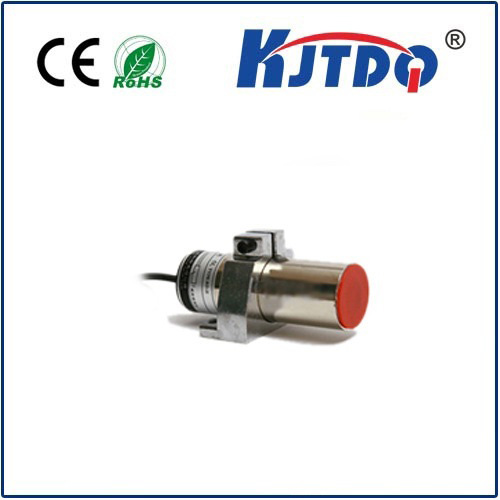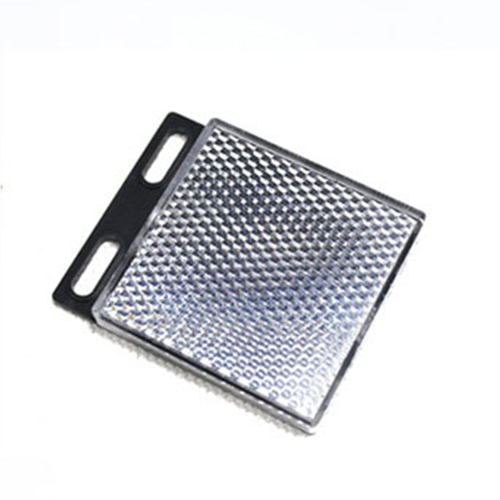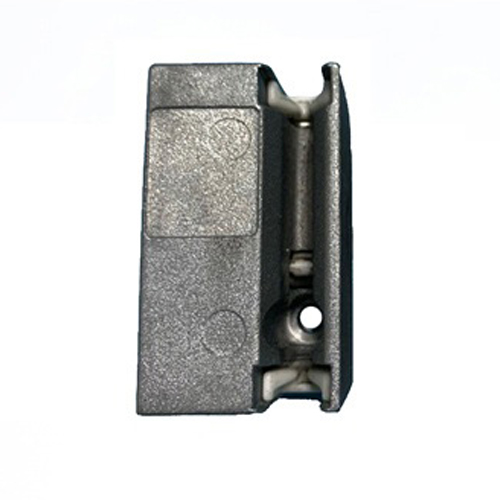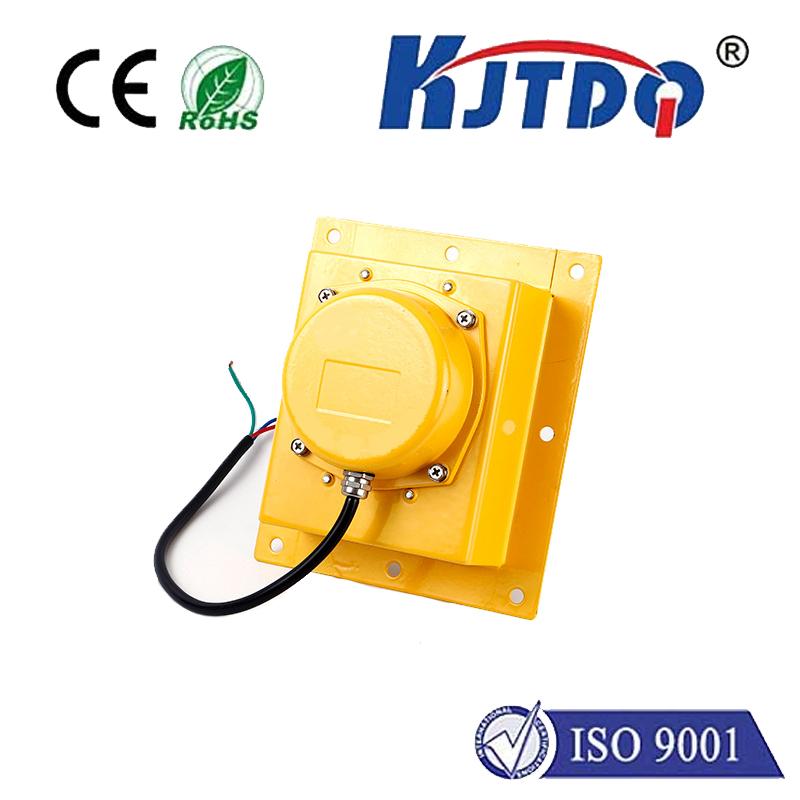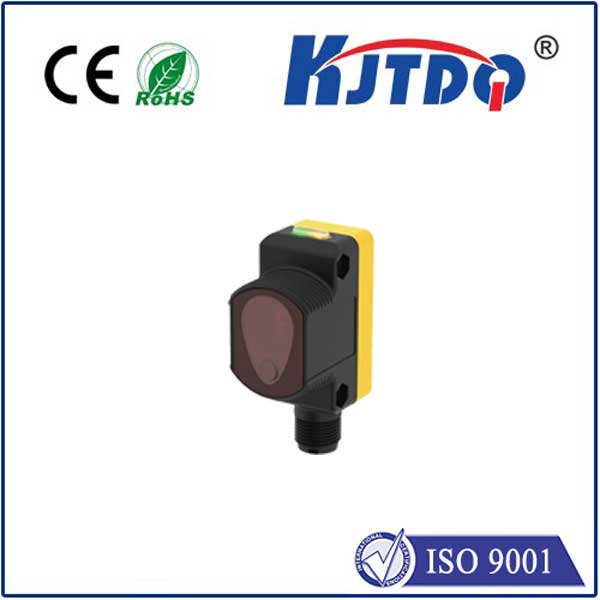

check

check

check

check

check

check

check

check

check

check

Title: Understanding the Capacitive Prox Sensor and Its Applications Introduction Capacitive prox sensors are increasingly becoming an essential component in various industries owing to their high sensitivity, reliability, and durability. These sensors work based on the principle of capacitance and are used to detect the presence or absence of an object without any physical contact. In this article, we will explore what capacitive prox sensors are, how they work, and their diverse applications. What is a Capacitive Prox Sensor? A capacitive prox sensor is a type of proximity sensor that uses the principles of electrostatic induction to detect objects. It consists of two conductive plates separated by an insulating material, which creates a电容器(capacitor). When an object enters the electric field created by the plates, it causes a change in the capacitance, which is then detected by the sensor’s electronic circuitry. This change in capacitance is used to determine the proximity of the object. How Does a Capacitive Prox Sensor Work? The working principle of a capacitive prox sensor is relatively straightforward. The sensor emits an electromagnetic field from one of its conductive plates. When an object comes close to the sensor, it disrupts this electromagnetic field, causing a change in capacitance. This change is measured by the electronic circuitry of the sensor, which then outputs a signal indicating the presence or absence of an object. One of the significant advantages of capacitive prox sensors is that they do not require any physical contact with the object being detected, making them ideal for applications where touch-free operation is necessary. Applications of Capacitive Prox Sensors Capacitive prox sensors have a wide range of applications across various industries due to their flexibility, reliability, and sensitivity. Some of the most common applications include:
